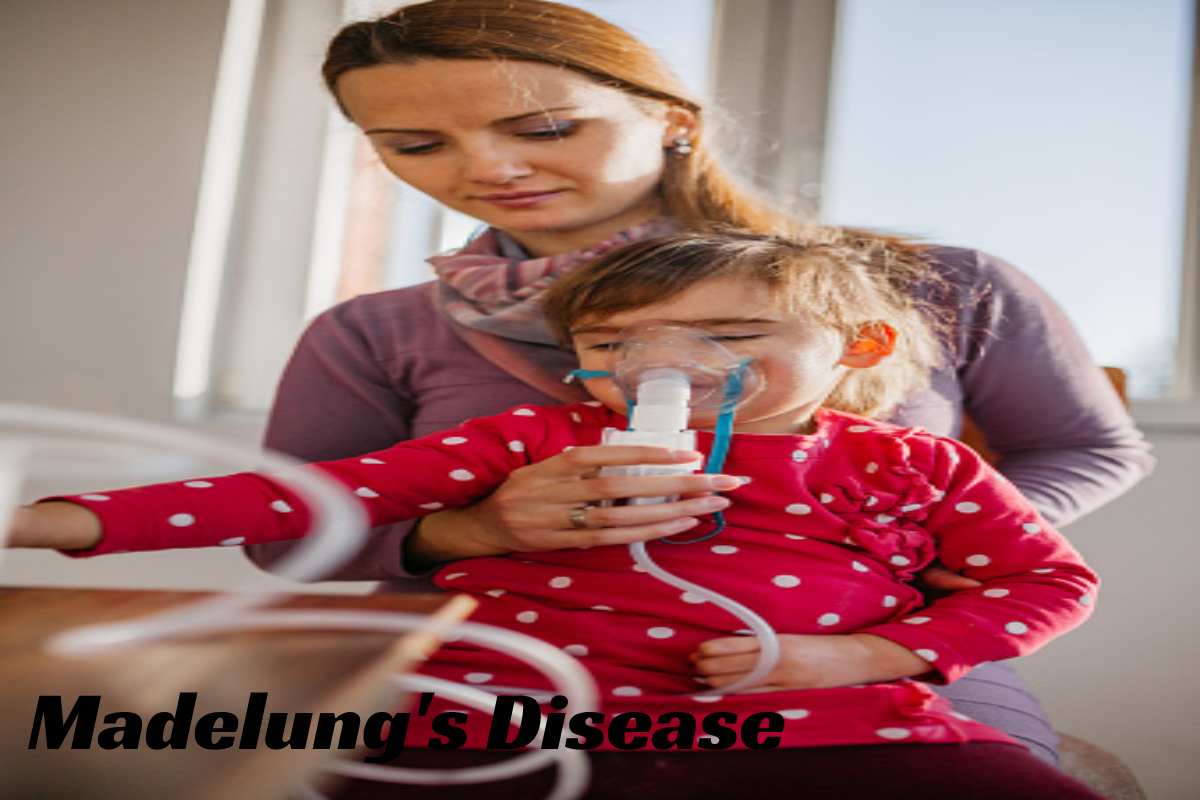Table of Contents
Introduction
Madelung’s Disease, Madelung’s disease remains a rare disorder of fat metabolism (lipid storage) that causes an unusual accumulation of subcutaneous fat deposits (adipose tissue) around the neck, shoulders, stem, hips, upper arms, and thighs. Fat masses can progress rapidly over months or slowly over the years.
Also read: https://www.smarthealthweb.com/chobani-oat-milk/
Synonyms of Madelung’s Disease
- benign symmetric lipomatosis (BSL)
- acephalothoracia lipodystrophy
- lacunose-bonsaied syndrome
- multiple symmetrical lipomatosis (MSL)
- General Conversation
Summary
Madelung’s disease remains a rare disorder of fat metabolism (lipid storage) that causes an unusual accumulation of subcutaneous fat deposits (adipose tissue) about the neck, shoulders, trunk, hips, upper arms, and second joint. Fat masses can progress rapidly over months or slowly over the years. The face and legs are usually intact in this benign condition, and biochemical parameters may also remain within normal limits. Madelung’s disease can be confused with obesity due to symmetrical fat deposition. Although painless, fatty tumors can compromise the function of other structures in the affected area, causing patients to experience difficulty swallowing, speaking, and breathing.
Adult men between 30 and 70 with a history of heavy drinking (chronic alcoholism) are the most affected. However, women and people who do not drink alcohol can also get Madelung’s disease. This condition remains more common in Mediterranean and European populations and less frequent in Asian populations. The underlying causes of this condition are not fully understood, which may lead to limitations in treatment options. Scientists have optional that a dysregulation in the fat breakdown (lipolytic) pathway could be to blame for the excessive growth and division of fat cells (adipocytes). Familial cases with an autosomal dominant inheritance pattern have also remained observed. Surgical removal of fatty tumors by resection (lipectomy) or liposuction remains the primary treatment. Unfortunately, the effectiveness of current treatment options is limited as the disease has a high tendency to recur.
Benjamin Brodie first described Madelung’s disease in 1846 and then as “fat neck” (Fetthals) by Otto Madelung in 1888.
Signs And Symptoms
Madelung’s disease remains characterized by the presence of fatty tumors (lipomas) symmetrically located around the neck, shoulders, trunk, hips, upper arms, and thighs. Although these abnormal fatty tumors can grow over months or years, the disease generally demonstrates rapid progression at first and then slows as the fat mass size stabilizes. As a result, the rest of the body may be thin in contrast to the affected parts.
In 1984, Enzi classified two variants of Madelung’s disease, type 1 and 2, based on where the excess fat accumulated. The most common type 1 variant in men manifests as fatty tumors mainly around the neck (known as “Madelung’s collar”) and upper shoulders with relative sparing of the trunk and arms. As a result, patients with the type 1 variant have a ‘pseudo-athletic’ appearance. In contrast, the type 2 variant is seen in both men and women alike and resembles “generalized obesity” in that fat accumulation occurs in the trunk, upper arms, abdomen, hips, and upper thighs. In 1991, a type 3 variant (gynecoid type) remained added to the classification, characterized by fat accumulation in the pelvic region.
Peripheral Neuropathy,
Or impaired function of the nerves in the arms and legs often accompanies Madelung’s disease, especially as the affected person ages. However, these neurological deficits can be challenging to distinguish from the long-term effects of alcoholism when heavy drinking is a factor. However, peripheral Neuropathy can lead to decreased strength in the upper (proximal) arms and legs (myopathy) muscles. Symptoms can also arise from fatty masses that compress essential structures in the neck, such as the airways (trachea), voice box (larynx), esophagus, and carotid blood vessels. Depending on the severity of the disease, fatty tumors can cause patients to experience difficulty breathing (dyspnea), swallowing (dysphagia), and speaking (dysphonia). In addition, the patient may have limited neck mobility and may even develop sleep apnea as the disease progresses.
Also read: https://www.smarthealthweb.com/beauty-essentials/

